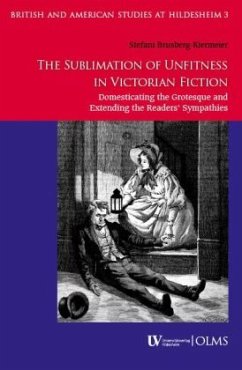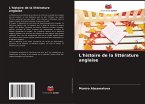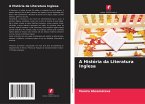Inspired by Erving Goffman's understanding of stigma management, Stefani Brusberg-Kiermeier takes a fresh look at the representation of Otherness and transgression in Victorian fiction in different forms - social and moral as well as physical, in terms of gender and mentality as well as aestheticism. In reaction to current disability studies, Brusberg-Kiermeier proposes the term 'unfitness' as a more appropriate and holistic concept for the examination of Victorian texts and implies that it was unfitness that was suspended over the heads of the Victorians like the sword of Damocles. She argues that contrary to the understanding of disability applied in Victorian studies so far, the concept of unfitness can include all varieties of afflictions which the writers are negotiating in their texts.The study suggests that while the eighteenth century saw the desire to catalogue nature in order to domesticate the natural grotesque - asymmetrical features and irregular landscapes hitherto regarded as ugly -, the nineteenth century brought about a first scientific categorization of humans and the domestication of the human grotesque. These endeavours were reflected in the development of the dominant literary genres and subgenres.The conceptualization of the investigation has also been inspired by the Victorians' fascination with categorization and classification. The categories adopted, adapted, and questioned in this scholarly 'cabinet of curiosities' are derived from the cultural constructions of the time and reflect the Victorians' views of unfitness.In contrast to studies on the Gothic or enfreakment, this investigation places the inclusive strategies of the texts in the limelight and argues that the narratives were often motivated by reformative ideas. For their white middle-class didactic project the authors appropriated the concept of sympathy - which Darwin established as a biological one - as the 'social glue' to bind different members of society together. The concept of sympathy was gradually to be redefined and corrupted towards the end of the century for the new science of eugenics.The structure of the investigation imitates the three-decker novel. While the first chapter gives an overview of the varieties of unfitness and their sublimation, as found in Victorian fiction, the other two chapters illustrate the double standard of the time. They argue that male unfitness could be contained with the help of the concept of eccentricity, whereas there was no such general inclusive concept available for female unfitness. The female characters can therefore be shown as fluctuating between the two extremes of angelicness and monstrosity.
Bitte wählen Sie Ihr Anliegen aus.
Rechnungen
Retourenschein anfordern
Bestellstatus
Storno








